Subscriptions available in Domain profiles on Delfi
Choose the solutions you need from our subscription profiles. Available domain profiles cover the entire E&P life cycle.
Enable discipline experts to work together and make the best possible decisions from exploration to production

Petrel™ subsurface software is available on-premise and in the Delfi digital platform, for geoscientists and engineers to analyze subsurface data from exploration to production, enabling them to create a shared vision of the reservoir. This shared earth approach empowers companies to standardize workflows across E&P and make more informed decisions with a clear understanding of both opportunities and risks.


Disciplines working together
Integration at the data level is the foundation for enabling multi-discipline integration. This integration allows the capture and preservation of knowledge, from exploration to production—from the petroleum systems modeler to the reservoir engineer and beyond, all contributing to a shared vision of the subsurface. Whether you are working on your first deepwater exploration well or delivering a comprehensive drilling program in a shale play, Petrel subsurface software enhances multidisciplinary workflows.
Access to best science
Traditionally, applying the right science has meant supporting many disparate applications—isolating the knowledge and disrupting the workflow. Petrel; provides deep science across the spectrum—from prestack processing to advanced reservoir modeling—to assisted history matching, and much more. Furthermore, the Ocean software development framework creates advantage by putting the industry’s best science inside the Petrel shared earth model—directly into the hands of your teams.
Increased workflow productivity
In an increasingly volatile industry climate productivity is key. Petrel subsurface software supports automated, repeatable workflows, to capture best practices and share them across the organization. New data is easily incorporated, keeping the subsurface live and current. Embedded cross-domain uncertainty analysis and optimization workflows enable straightforward testing of parameter sensitivity and scenario analysis.
The embedded Studio E&P knowledge software improves productivity with multiuser database access and collaborative work sessions with team members across the enterprise. Studio lets you capture more than just data—it allows you to store and share the knowledge of how a result was accomplished.
Find out more about the Studio E&P knowledge software.

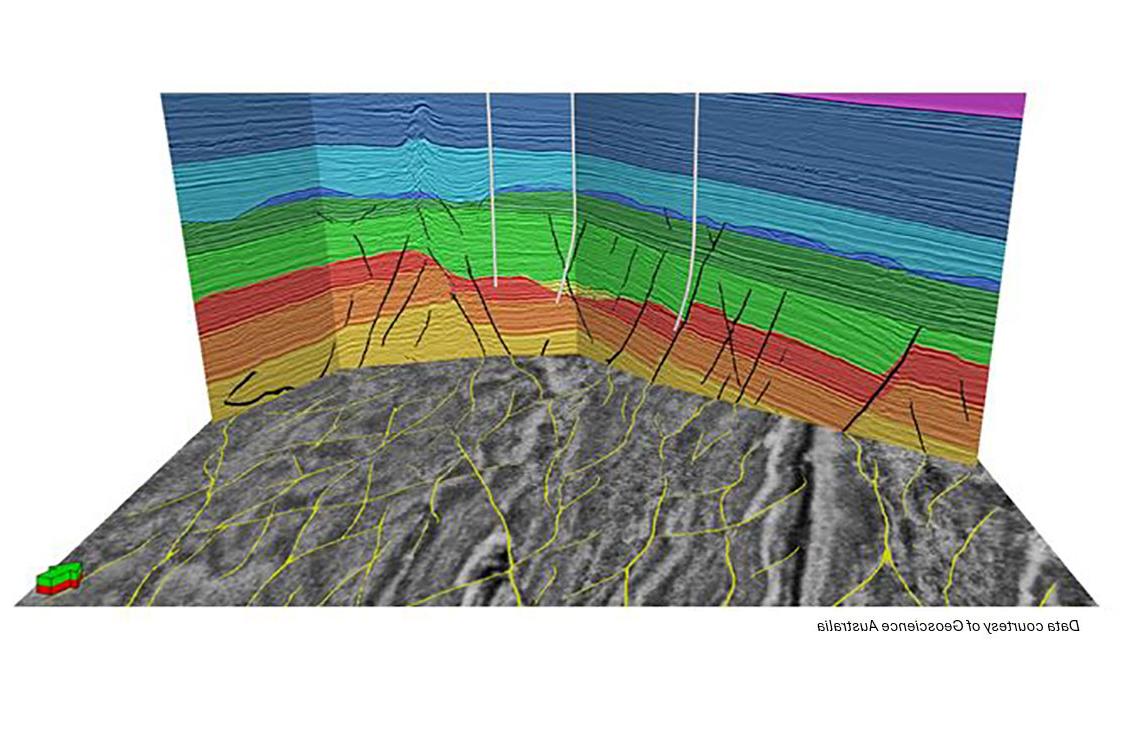
Multi-horizon prediction uses machine learning to predict geologically consistent sequences and can be used to predict horizons with non-consistent reflectors, truncations, salt bodies, channels, unconformities etc. The predicted horizons can be seamlessly extracted and interactively filtered to create clean and precise interpretation to rapidly build an accurate structural model.

A new driver, called Folding driver, is now available to predict fold related natural fracture distributions. The results from this calculation are used to generate fracture characteristics, storing them into an existing grid as properties which can be consumed directly in the fracture network process. Complementing the Fault natural fracture prediction (NFP) workflow, this new driver brings a new geomechanical and geological approach to natural fracture distribution.
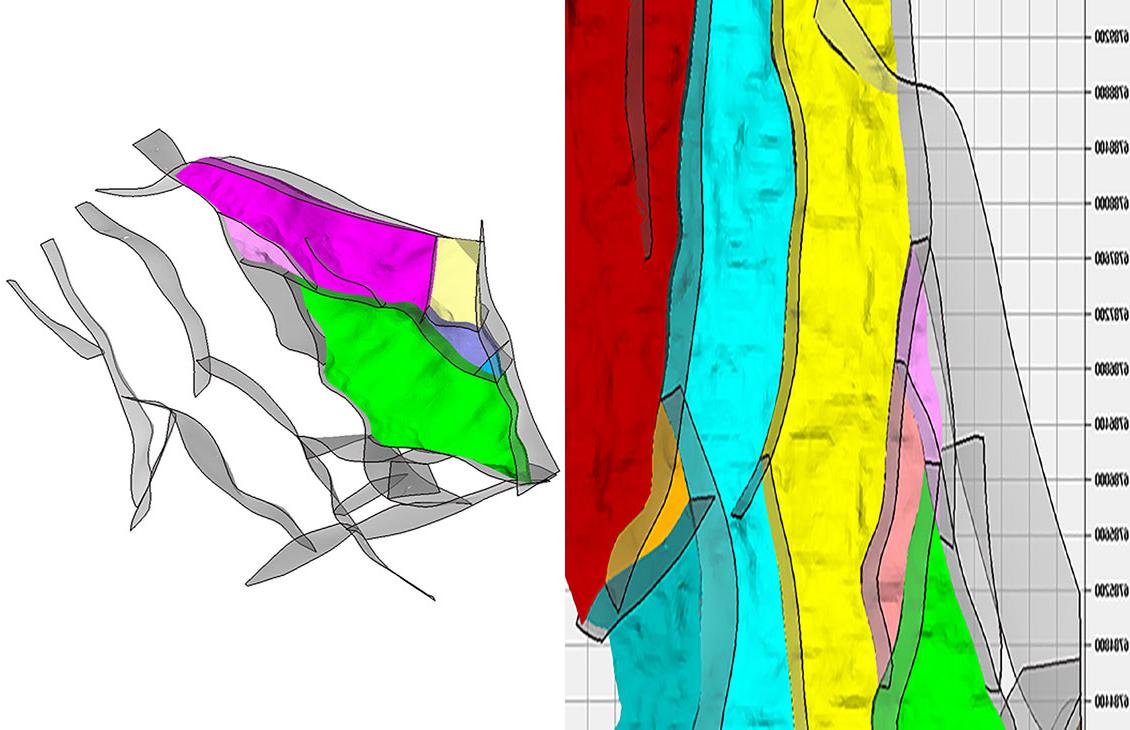
Segment filters on depogrids are now created based on the regions fault block data for that grid. The copy global grid operation for depogrids is also now available. A part of a depogrid can be extracted using either the segment filter, zone filter, cell index limits, or a closed polygon. The new grid contains the associated reduced list of faults, horizons, and zones, together with the grid and fault properties.
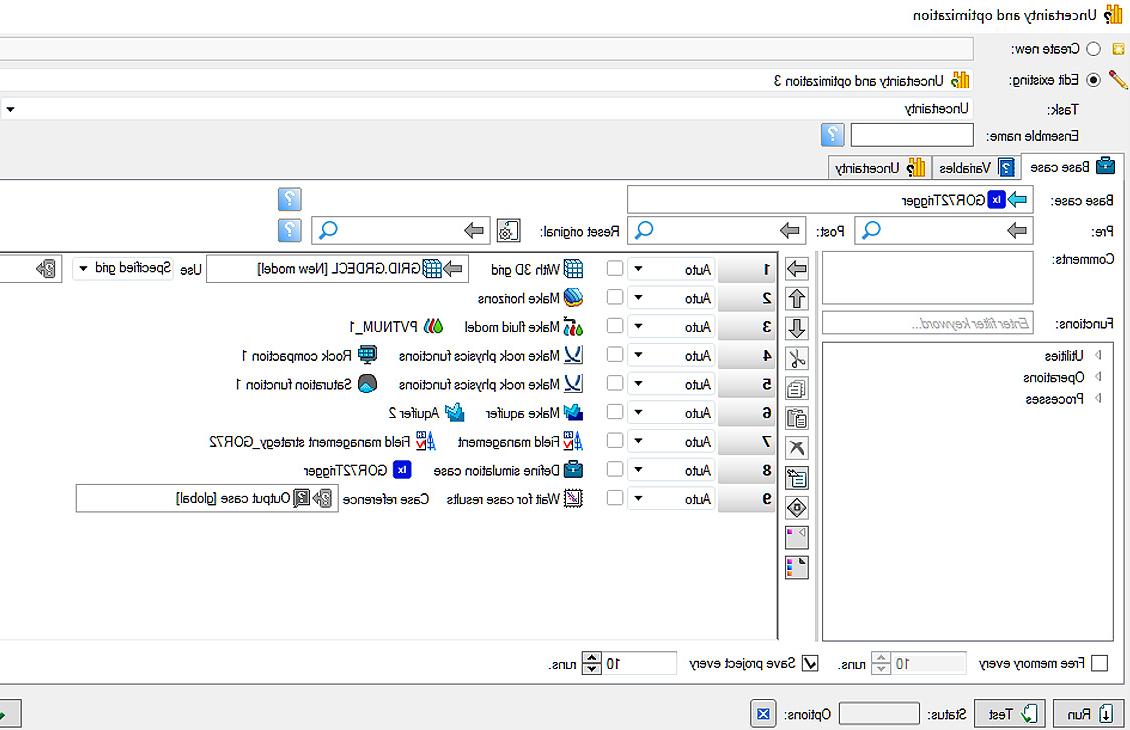
The Base case tab of the Uncertainty and optimization dialog box now has the same look and feel as the Workflow editor. The update includes a new comments field and the ability to search for utilities, operations, and processes that you can insert into the workflow improving efficiency.
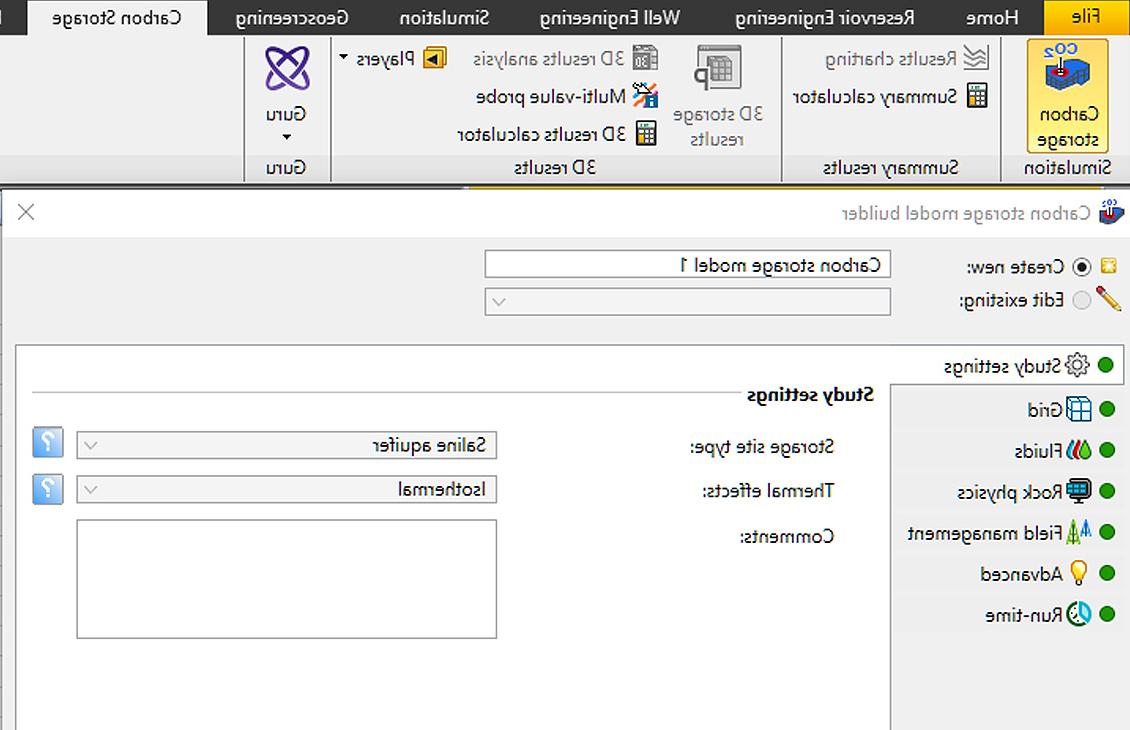
The Carbon storage model builder provides a step-by-step guided workflow for the setup of a simulation model to estimate CO2 capacity in saline aquifers. In this guided workflow, you can model the complex physical and chemical behavior of CO2 in a few user-friendly guided steps.
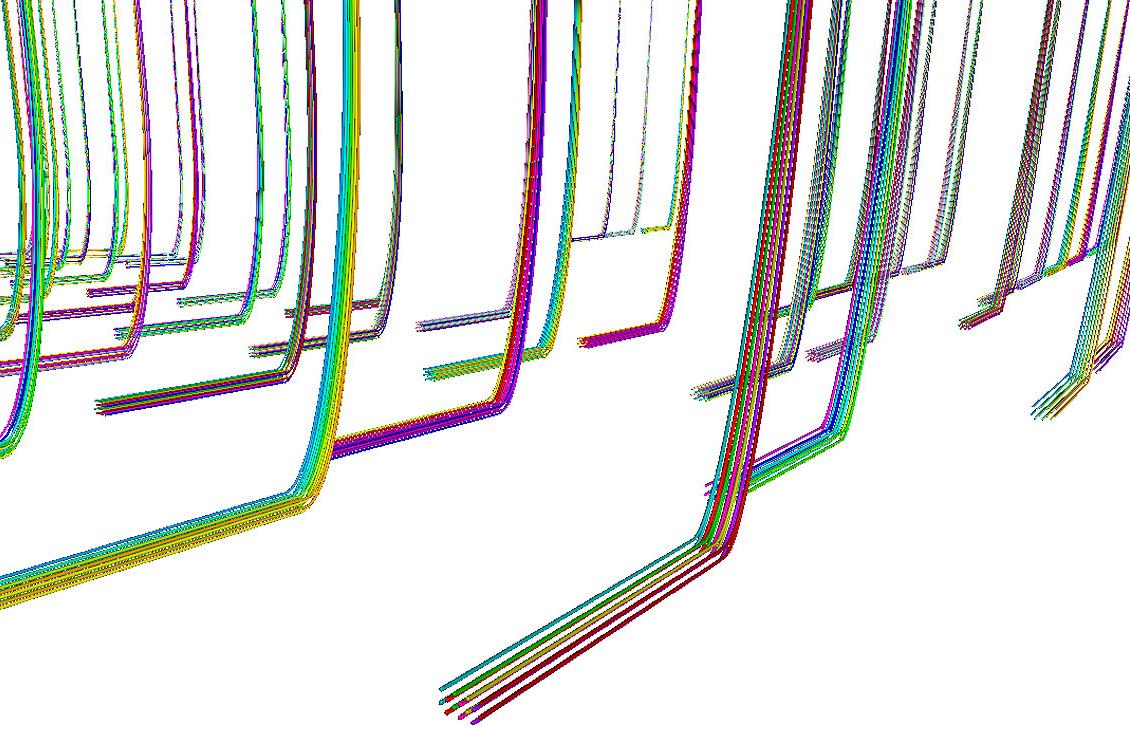
In the Pad well design process, you can now insert multiple depth surfaces representing your target reservoirs to plan wells for multiple benches in a single sitting and organize the output plans into separate reservoir target folders.
Machine learning for everyone

NExT offers a comprehensive training program to support users of the 全国快3信誉最好的老平台 software, plugins, and other software products.

Petrel is available in domain profiles on Delfi
Choose the solutions you need from our subscription profiles. Available domain profiles cover the entire E&P life cycle.

Base configuration, providing an integrated platform for geoscience and reservoir engineering. View

An integrated environment for geoscience and drilling from well design to geosteering View

Full suite of tools including petroleum systems modeling, well correlation, mapping, and geocellular modeling View
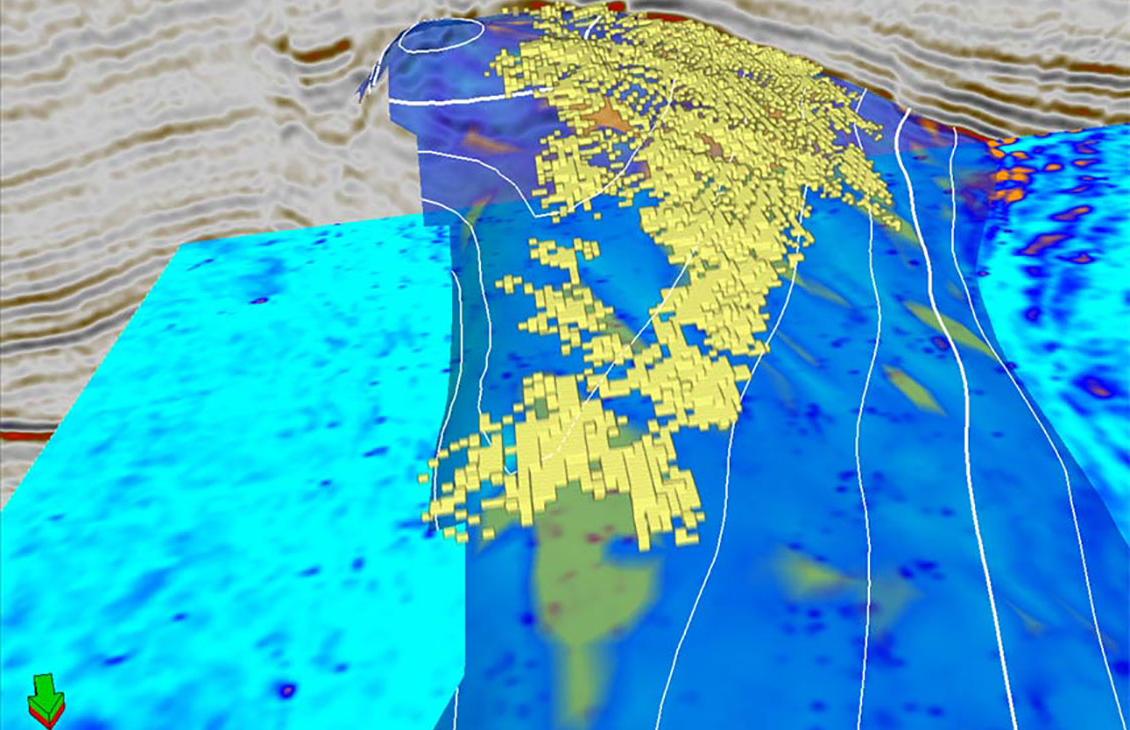
An unparalleled productivity environment, completely scalable with integrated pre- and poststack geophysical workflows View
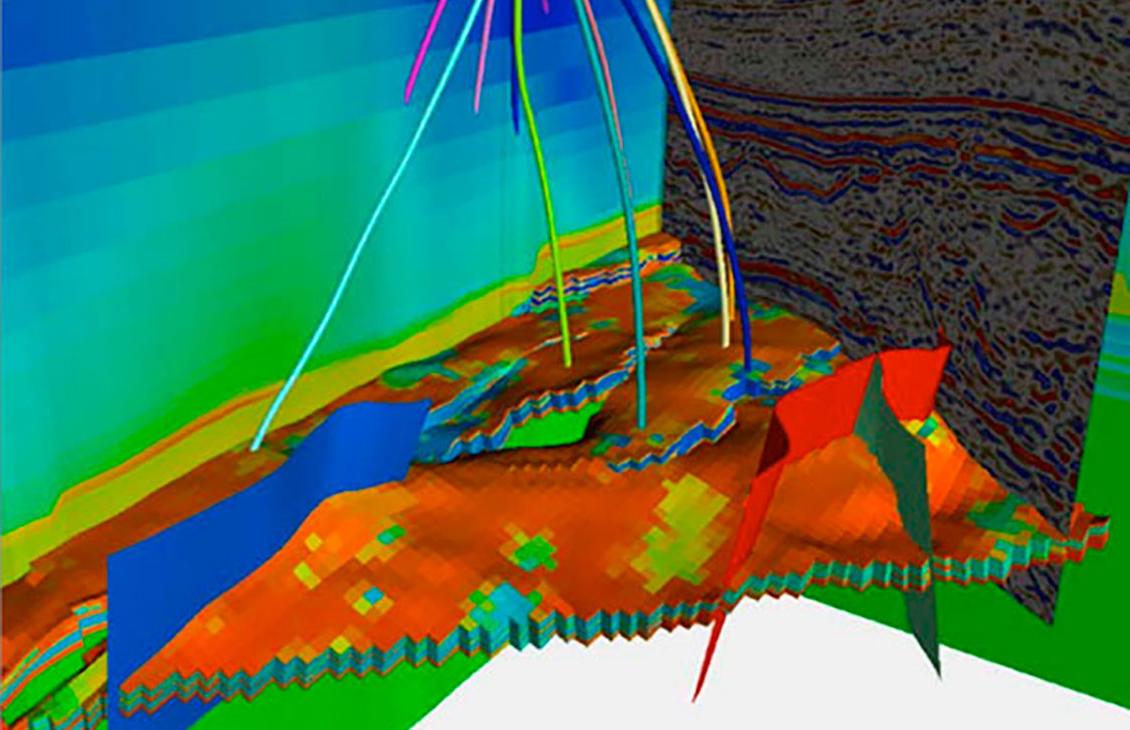
Integrated 3D and 4D geomechanics modeling and analysis workflows to understand subsurface behavior and plan wells in complex environments. View

Quality and capability tool, including in-context guidance, guided and QC workflows, with the ability to capture knowledge and best practices. View

The collaborative environment for reservoir characterization, development planning, production evaluation, and optimizing reservoir performance. View

The collaborative environment for reservoir characterization, development planning, production evaluation, and optimizing reservoir performance. View